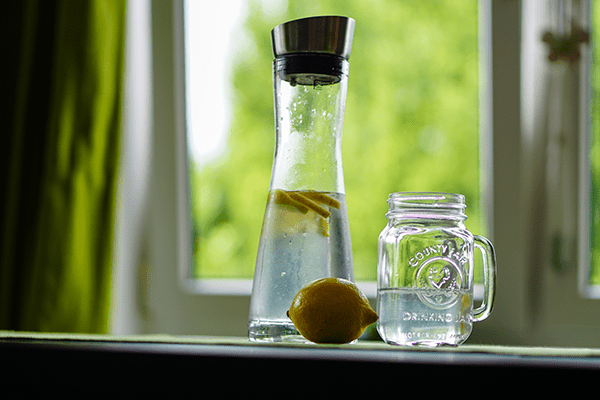Simple Balance Exercises Seniors Can Do Every Day to Prevent Falls
Feeling steady on your feet is one of the most important parts of staying independent. As we age, changes in vision, strength, and reaction time can make falls more likely, yet there is a lot you can do to lower that risk. Gentle balance exercises, practiced regularly, help your body stay responsive and confident during everyday activities in senior living Centennial like turning, stepping off a curb, or getting out of a chair.
Getting Ready to Practice
Before starting, make safety your first priority. Wear supportive shoes, choose a spot with good lighting, and stand near a counter, sturdy chair, or wall for support. It is helpful to have someone nearby the first few times you try new movements, especially if you already feel unsteady.
Ankles and Feet Wake Up
The ankles act like shock absorbers and steering wheels for your steps. When they are stiff, balance suffers. Try this sequence from a seated position:
Point your toes away from you, then pull them back toward you ten times
Make gentle circles with your ankles in one direction, then the other
Spread your toes wide, then relax them a few times
These small movements wake up the muscles and joints that react first when you start to lose balance.
Chair Stands for Leg Strength
Strong legs are essential for steady walking and safe transfers in independent living. Chair stands are a simple, powerful exercise:
Sit toward the front of a sturdy chair with feet flat on the floor
Lean slightly forward and stand up using your legs as much as possible
Sit back down slowly, controlling the movement
Start with five repetitions, rest, then repeat. Over time, work up to ten or more if it feels comfortable.
Heel to Toe Walking
This exercise trains your body to manage narrower, more challenging steps, similar to walking along a line:
Stand tall near a counter or wall
Place one foot directly in front of the other so the heel touches the toes
Take slow, controlled steps forward for ten steps, then turn carefully
Use light support from your hand if needed, and focus your eyes on a spot ahead instead of looking at your feet.
Making Balance Practice Part of Your Day
Short sessions are effective when you repeat them often. You might do ankle work while watching television, chair stands before meals, and heel to toe walking once or twice a day in a hallway in retirement communities Centennial.






